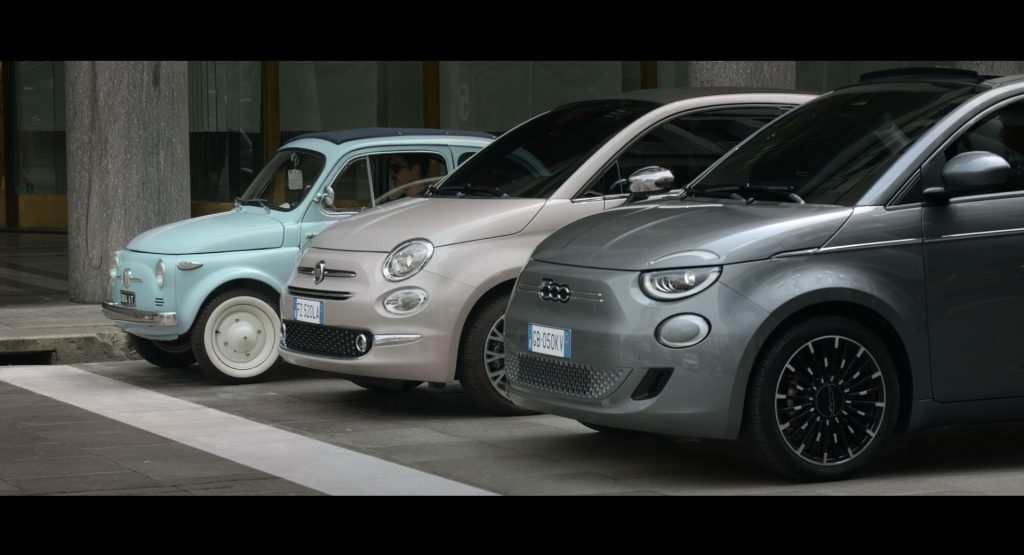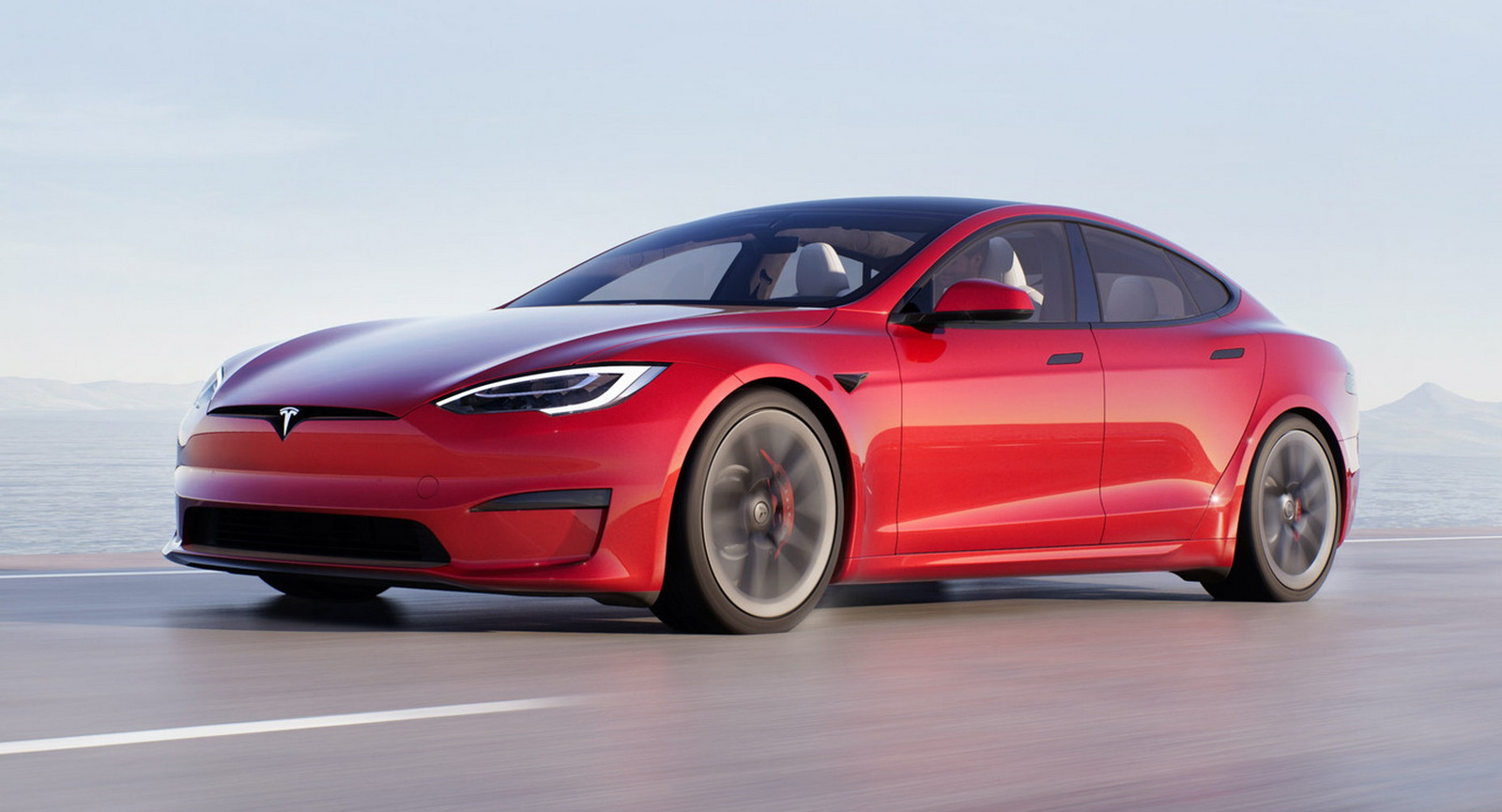Fiat Chrysler Automobiles revealed that they spent over 300 million euros ($362 million) on green credits last year in Europe, most of which went to Tesla.
In 2019, FCA, which is now part of the newly-formed Stellantis, committed to spending around $2 billion on regulatory credits through the end of 2021.
Stellantis CFO Richard Palmer said during an investors’ call that the carmaker is expecting to spend slightly less this year on credits compared to 2020 in order to avoid heavy fines for CO2 emissions. “We had costs of credits in 2020 of around 300 million for Europe, most of which were Tesla,” he said, adding that spending will be lower “but not significantly” this year.
Read Also: FCA Pleads Guilty In Union Corruption Scandal, Admits Bribing UAW Officials
Carmakers who are struggling to meet the strict fleet-average CO2 emission rules in Europe can buy regulatory credits from rival carmakers that meet them in order to lower or completely avoid the fines imposed by the European Union.
Selling these credits to other manufacturers represents an increasing part of Tesla’s business, CNBC reports, as the EV maker is gearing towards sustained profitability. Last year, Tesla made $1.58 billion in revenue from selling these credits, almost three times greater than their profit of $721 million the same year.
Fiat Chrysler isn’t the only carmaker that bought credits from Tesla. Honda also bought credits from the EV maker, according to Schmidt Automotive Research.
As more carmakers launch their own electric vehicles, Tesla’s credit-selling side of its business will probably become smaller. The possibility of CO2-related rules becoming even stricter, however, means that no one really can predict what’s coming, including Tesla.
“This is always an area that’s extremely difficult for us to forecast. 2020 regulatory credit sales ended up being higher than our expectations, and it’s difficult to give guidance on that,” Tesla CFO Zachary Kirkhorn said during the Q4 2020 earnings call. “What I’ve said before is that in the long-term regulatory credit sales will not be a material part of the business and we don’t plan the business around that. It’s possible that for a handful of additional quarters it remains strong. It’s also possible that it’s not.”
Kirkhorn added that most of Tesla’s CO2 credit revenue from the final quarter of 2020 was “not lineup up prior to the beginning of the quarter”. The increased credit sales came from “discrete deals that were struck over the course of the quarter”.










